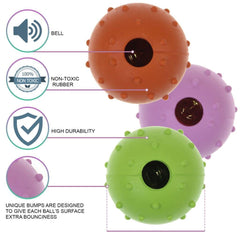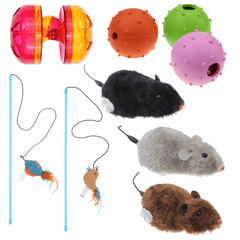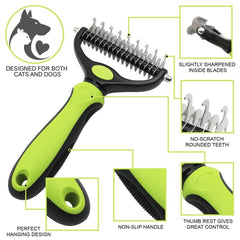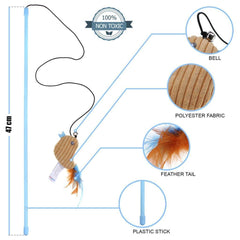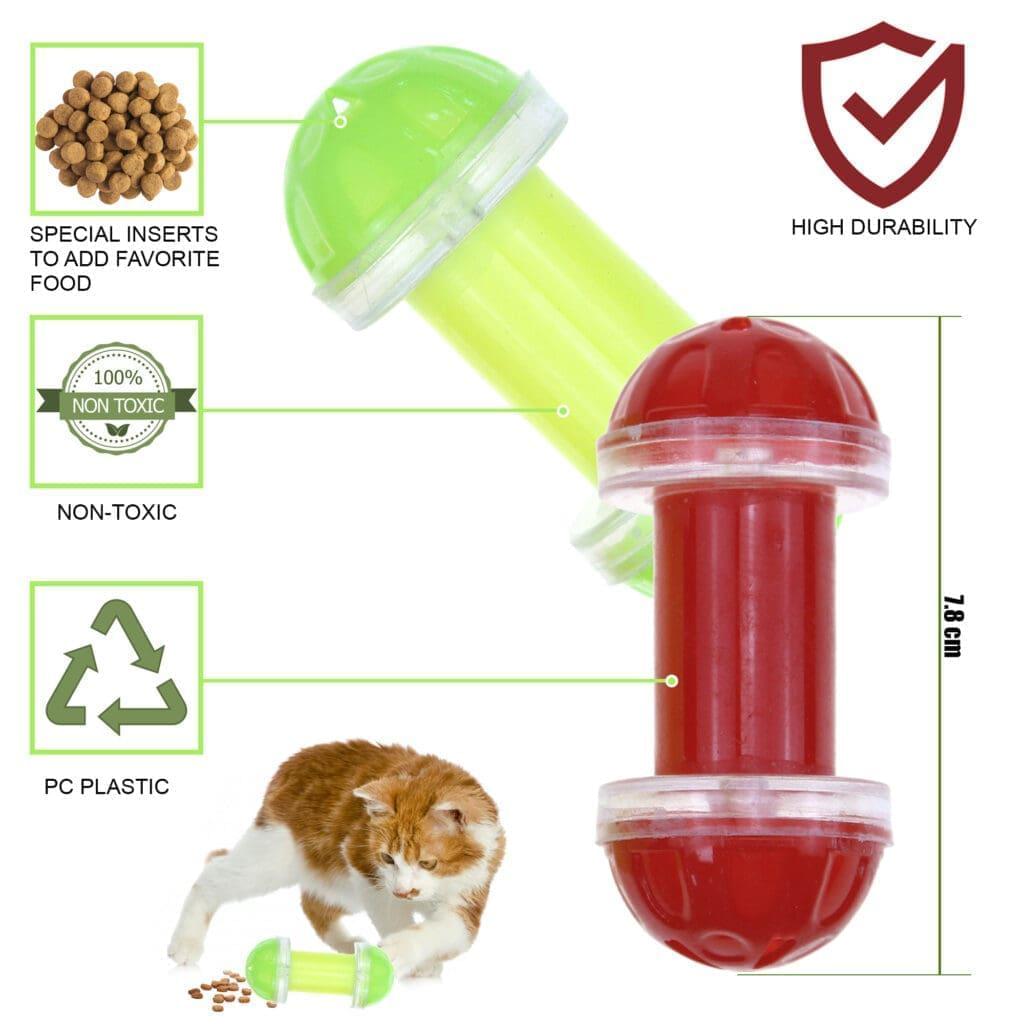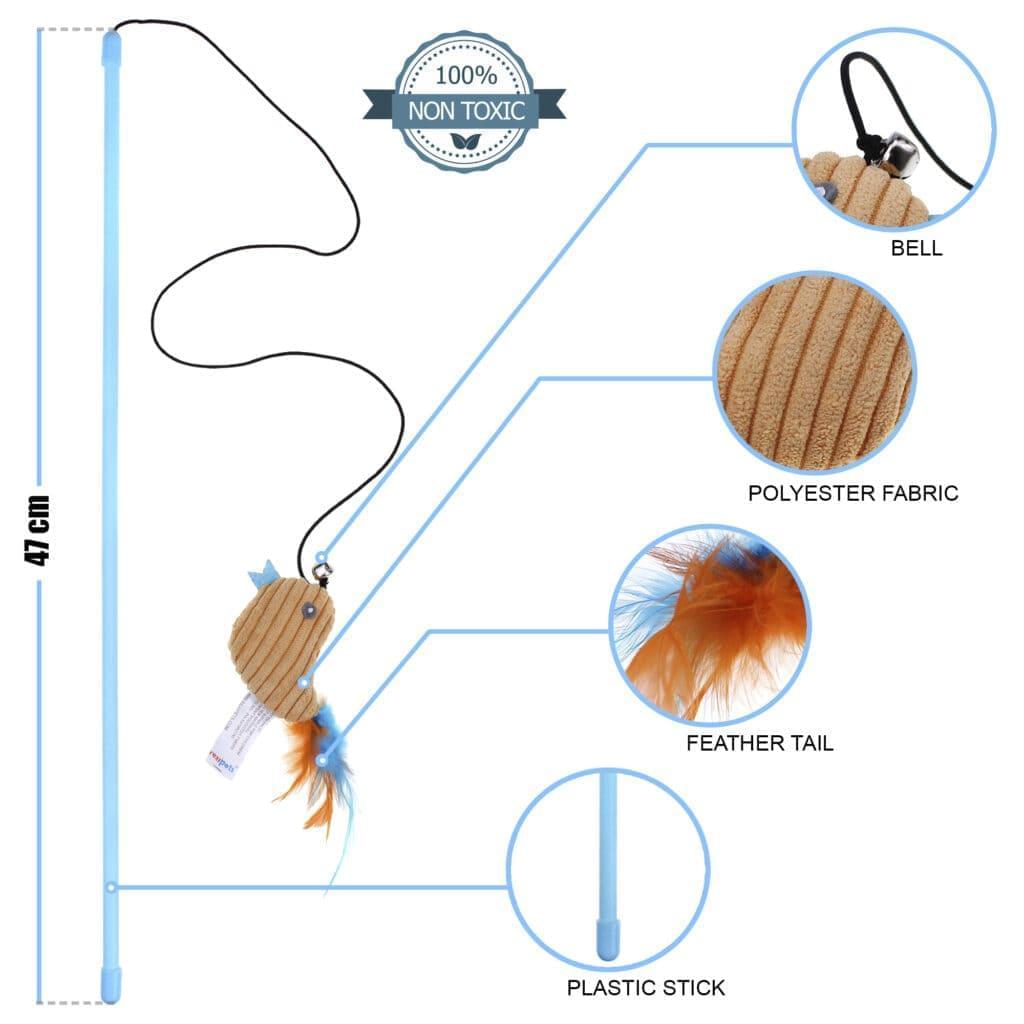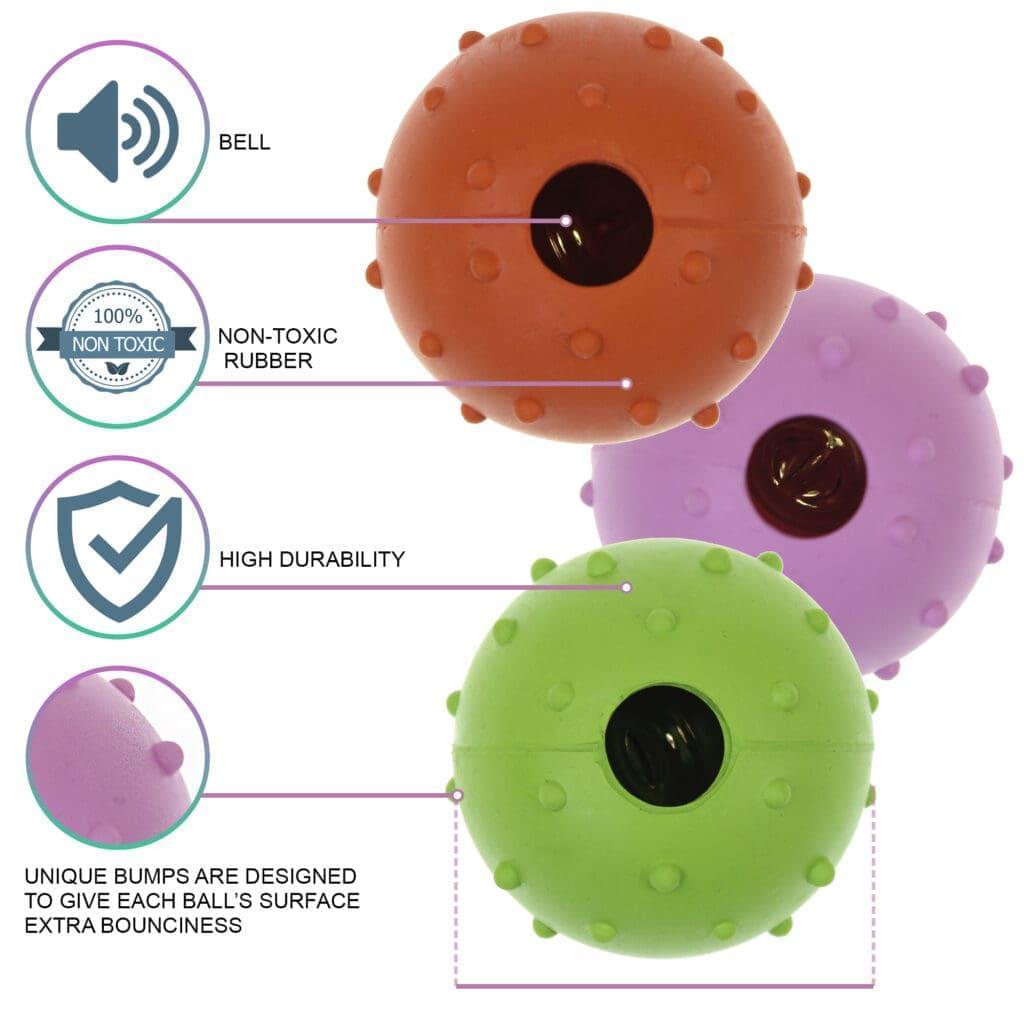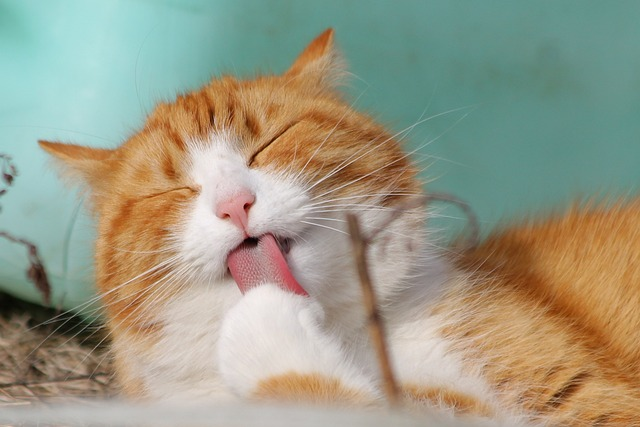
Do you often feel bored when you are at home? You probably have many ways to deal with it, including Netflix, social media, or cooking.
But have you ever thought about how bored cats must feel? Although the indoor cats we keep as pets have been domesticated, they are, at the end of the day, predatory animals. They are independent creatures that would hunt for their food and be caught up with that activity the whole day in the outside world.
Cats do not worry about food or shelter and are highly intelligent, so we often find cats subjected to boredom.
You should look out for a few signs if you are worried your cat is bored. This blog post will discuss in detail the signs of bored cats and how to keep them engaged.
Signs Your Cat Is Bored

We are often asked can I leave my cats alone for a week? The answer is just simple. Make sure they can perform the following activities, and you are good to go.
Without wasting any time, let's evaluate all the signs that show your furry friend is bored.
-
Excessive grooming
When cats are bored, they may engage in excessive grooming behaviors such as licking, pulling out fur, or chewing at their skin. These behaviors can cause irritation and make the issue worse.
-
Overeating
Overeating is something that goes hand in hand with boredom. At some point, we all have overeaten just because we did not have anything else to do. So, just like we do, cats also tend to eat a lot when bored. However, engaging in this behavior can lead to obesity and its various health problems.
-
Inactive participation
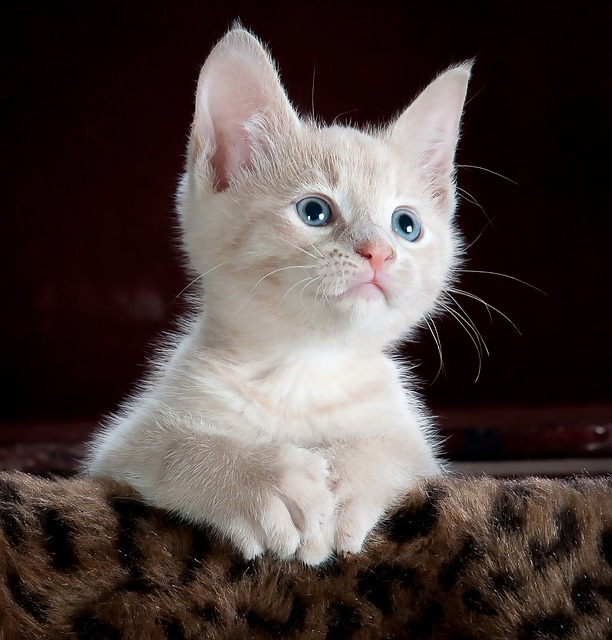 Excessive sleeping is common for most cats, but they also require periods of activity such as playing, hunting, climbing, and exploring. If a cat appears uninterested in leaving their sleeping spot or seems sad, it could indicate excessive sleeping or boredom. But there are many other reasons why you cat won't sleep at night, check some of them here.
Excessive sleeping is common for most cats, but they also require periods of activity such as playing, hunting, climbing, and exploring. If a cat appears uninterested in leaving their sleeping spot or seems sad, it could indicate excessive sleeping or boredom. But there are many other reasons why you cat won't sleep at night, check some of them here. -
Bad behavior
When a cat pushes things off the table and damages furniture or pees outside the litter box, it's not a deliberate act of spite toward its owner. This behavior is often a result of boredom or anxiety, and the cat is attempting to communicate with their owner.
By providing appropriate stimulation, owners can prevent these destructive behaviors.
-
Hurting other animals
When a cat is bored, it may chase and pester other animals in the household. Suppose a cat attacks other cats, messes with the dog, or terrorizes the guinea pig. In that case, it may indicate that it requires additional stimulation.
Since cats are natural predators and have been removed from their natural hunting environment, they may attempt to fulfill their instinct inappropriately, mainly when bored.
Ideas Activities For Keeping Your Cat Active Engaged
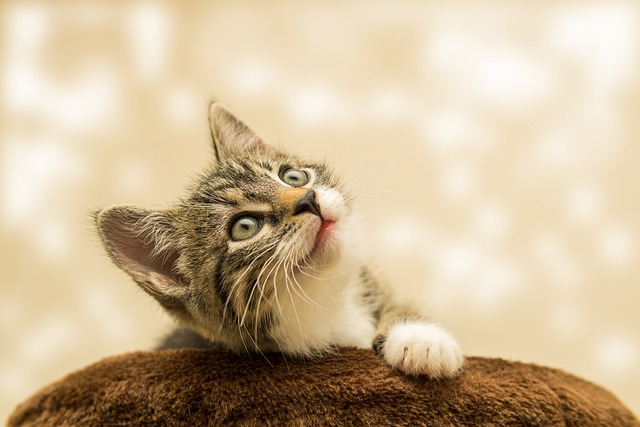
In this blog, we have compiled a bunch of activities and ideas for you to engage your feline friends. These will ensure they are busy and not engaging in destructive behaviors.
-
Set up a view
Creating an engaging view is one way to provide additional stimulation for a bored cat. For instance, setting up a squirrel feeder or bird feeder where it can be seen from a window can be a simple and effective solution. Additionally, placing a comfortable bed near the window will allow the cat to observe the outdoor environment.
By treating the cat's environment this way, you can keep your indoor kitten entertained with its natural predator instincts without causing any harm to other animals or property.
-
Get scratching posts
Cats have multiple reasons for using a cat scratching post. Firstly, they use it to shed the outer layer of their nails, which helps keep them healthy and sharp. Secondly, they mark their territory through the scent glands on the bottom of their paws, which is also why they repeatedly return to the same spot. Even a cat that has been declawed will still instinctively use a scratching post.
Ensuring the scratching post is tall enough for the cat to stretch and reach properly is essential. This will not only keep your cat busy but also keep them from scratching and damaging furniture or other household items.
-
Create a cat refuge
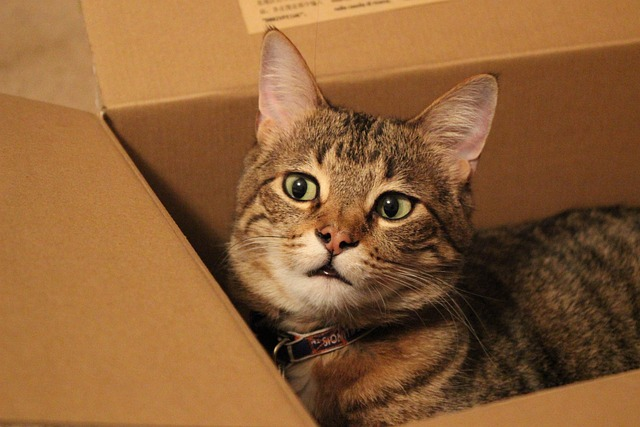
Cat refuges are areas in the home where cats feel secure. These refugees are typically located in elevated positions, such as on top of a table or a dresser, allowing the cat to survey their environment for potential threats, similar to their behavior in the wild.
These locations also provide a sense of seclusion and safety from view and give a sense of surveillance. Refuges can be situated at any height in the house and made from various materials, including simple items like cardboard boxes or paper bags. Or you can get cat trees from the nearest pet store from the cat furniture section.
Providing such refuges helps cats feel more comfortable and secure in their environment.
-
Finding the right toys
Providing suitable toys is essential to keep your cat from becoming bored. However, only some cats will enjoy the same toys, so it's necessary to understand what your cat likes.
If you need help determining which toys your cat will find interesting, purchasing a range of different types and observing which ones they interact with the most can be helpful.
Some cats prefer toys that simulate hunting, such as toys that move or resemble prey, while others may like to play with objects they can bat around, like small balls or soft toys. Or some might like interactive toys, like squeaky toys. You can also use cat teasers.
Toys provide crucial mental and physical stimulation and environmental enrichment for cats, preventing boredom and associated destructive behaviors.
-
Rotate the toys
It's common for cats to lose interest in the same cat toys over time, so keeping various toys available and rotating them periodically is essential.
To further rotate toys and keep your cat more engaged, you can temporarily hide certain toys and reintroduce them later.
This way, the cat will have something new to explore and play with, helping prevent boredom and associated destructive behaviors.
-
Grow cat grass
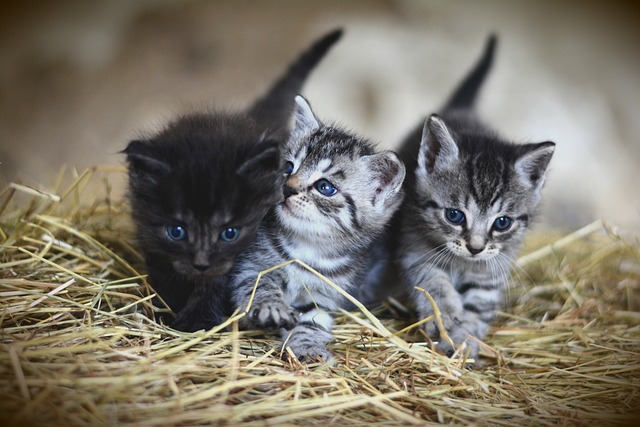
Cats have a natural inclination to chew on grass. It is believed to help them digest their food and alleviate stomach discomfort. Where cats may not have access to fresh grass or plants, cat grass is a safe and convenient way to provide cats this kind of stimulation indoors.
Many cats enjoy the texture and taste of cat grass and actively seek it out for chewing and nibbling. It also provides a source of mental stimulation, as exploring and interacting with new objects and textures makes the cat happy. It is a healthy and enjoyable addition to a cat's indoor environment, helping satisfy its instincts and prevent boredom.
-
Get some catnip
Catnip is a plant that contains a chemical compound called nepetalactone, which can have a stimulating effect on cats. Many cats are drawn towards catnip and become more active and playful when exposed. Providing your cat with catnip periodically can provide mental stimulation and encourage play, helping prevent boredom.
Important Note: You can also marinate toys in catnip to make them more appealing and encourage playtime. Toys that have been marinated in catnip help keep cats engaged and entertained.
It's important to note that not all cats are affected by catnip, and some may not be interested in it.
Give Your Cat Time!

It's essential to provide your cat with plenty of affection and attention. Some cats crave human interaction and enjoy curling up with their owners when resting or relaxing. By providing your cat with plenty of affection and attention, you can help reinforce their sense of security while creating a positive and enriching environment for them to thrive.
Important Note: Scheduling daily playtime with your cat helps provide them with much-needed mental and physical stimulation. This time can include playing with toys such as balls, laser pointers, or feather flyers.
Taking at least 10 minutes out of your day to engage with your cat in play is key. Playing with your cat can also be an excellent bonding experience. It can help build a stronger relationship between you and your furry companion.
One must always own up to the responsibility of their furry feline and look out for signs of boredom or depression in their cats. Moreover, suppose you do see signs of boredom. In that case, there are several actions you can take, like setting up a bird feeder for them to observe or getting a scratching post or getting them toys, or simply spending time with them.
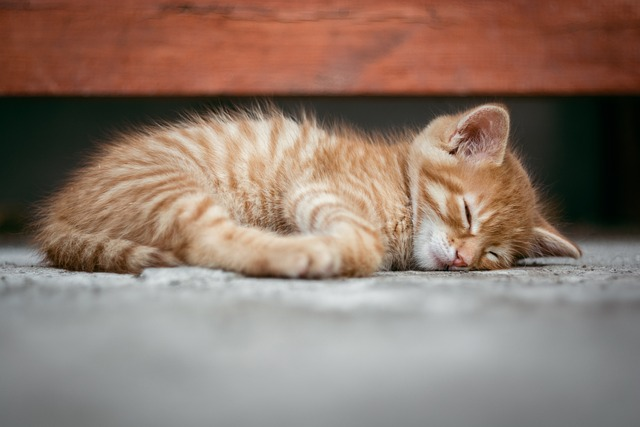
So, here you have a guide for how to keep your cat entertained. Now it's time to put these tips to the test and see how it goes!
Do share these tips on ways to keep your cat from being bored with your friends.
